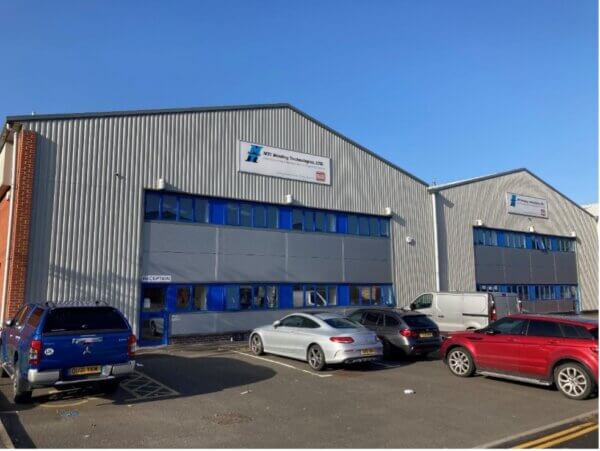FRICTION WELDING EXPERTS
MTIW is a globally renowned friction welding machine manufacturer, offering a standard product range of machines as well as customised solutions. Our team of experienced engineers has decades of experience working closely with customers to develop tailored solutions for their product or individual requirements.

Our Kingswinford facility is located in the heart of the Midlands and is NADCAP, ISO 9001, and AS9100 accredited ensuring the highest quality and sensitivity for customer projects. MTIW uses globally recognised component suppliers to supply machines and solutions that meet global customer requirements, including CE.
ABOUT MTI WELDING TECHNOLOGIES, LTD.
MTI Welding Technologies is based in the heart of the midlands and is part of the larger MTI group of companies which was founded in 1926. Over time, MTI has expanded and established operations in several countries, including the UK.
Since 2005, MTI Welding Technologies has grown to be a leading supplier of Rotary friction welding machines throughout Europe, serving industries including automotive, construction, oil & gas, and aerospace. MTI Welding Technologies continues to be part of the larger MTI group, which now has machines in over 35 countries around the world and a global reputation for excellence in engineering and manufacturing.
CONTACT MTI WELDING TECHNOLOGIES, LTD.
Rob Wilkes, U.K.
Email Rob
Richard Jones, U.K.

Learn more about how we partnered with one of our customers to deliver a customised innovative solution
 MTI US
MTI US  FWT
FWT PROSPOT
PROSPOT 